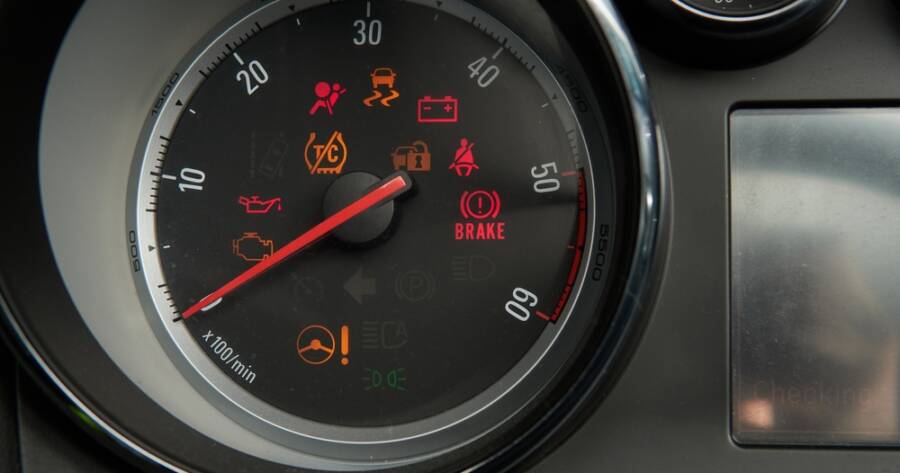In today’s fast-paced world, our cars are more than just modes of transportation; they are crucial components of our daily routine. With increasing technological advancements, vehicles have become equipped with various warning lights to help keep drivers informed about their car’s condition. Understanding these lights can potentially prevent larger mechanical issues and keep you safe on the road. Exploring the different warning lights and their potential meanings can be a vital aspect of car maintenance.
The Basics of Car Warning Lights
Car warning lights serve as your vehicle’s way of communicating potential issues. They usually appear on your dashboard in various colors and symbols, each representing different aspects of your vehicle’s health. Generally, these lights will be green, yellow, or red, with each color demanding varying degrees of attention.
Colors and Their Significance
Green lights typically indicate a system is active and functioning properly, like your headlights or cruise control.
Yellow or amber lights suggest a potential issue that warrants your attention but may not require immediate action. These lights often suggest caution and may indicate things like low fuel or the need for maintenance checks in the near future.
Red warning lights are usually more urgent, suggesting a problem that demands immediate attention. Ignoring red lights could potentially lead to more significant mechanical failures or unsafe driving conditions.
Common Warning Lights and Their Meanings
Each warning light has its own symbol and significance. Recognizing these can help in deciding how to respond appropriately.
Engine Warning Light
Often looking like an engine block, this light can indicate several issues, ranging from a loose gas cap to more severe engine problems. It’s a good idea to check for any obvious problems and then consider having a mechanic inspect your vehicle if it persists.
Brake System Warning Light
This light usually appears as an exclamation mark inside a circle or as the word “BRAKE.” It may suggest that your parking brake is engaged or that the brake fluid level is low. In some cases, it might indicate an issue with the brake system itself, which should be addressed quickly to ensure vehicle safety.
Battery Alert Light
When this symbol lights up, it may imply an issue with your vehicle’s electrical system or battery. It might be wise to inspect your battery connections and have the charging system checked if necessary.
Less Common but Important Lights
Some warning lights are less frequently seen but are equally important. Having a general understanding of these can further enhance your driving safety.
Tire Pressure Monitoring System (TPMS) Light
Represented by an exclamation mark inside a horseshoe shape, this light alerts you to low tire pressure. Properly inflated tires are crucial for fuel efficiency, tire life, and safety.
Oil Pressure Warning
This symbol often looks like an oil can. It may indicate that oil isn’t circulating through your engine properly. Addressing oil issues swiftly could prevent engine damage.
Responding to Warning Lights
Reacting appropriately to these lights can vary greatly depending on the specific issue suggested.
Determining Action Steps
When a warning light appears, start by considering any evident problems. Check your vehicle’s manual for guidance specific to your car model, as manuals often provide insights into the nature of warning lights.
When to Seek Professional Help
If you cannot identify the issue or if the light remains on after taking initial steps, consulting with a mechanic might be the best course of action. Professionals can perform diagnostics to ascertain the root cause and provide solutions that align with your vehicle’s needs.
Preventative Measures and Maintenance
Consistent maintenance of your vehicle can help in reducing the chances of warning lights appearing.
Routine Checks
Regularly scheduled checks, such as oil changes, brake inspections, and tire rotations, could decrease the likelihood of unexpected warning lights. Keeping an organized log of maintenance performed on your vehicle may also be essential in predicting future needs.
Understanding Your Vehicle’s Technology
Modern cars come with sophisticated technology designed to alert you to various conditions and needs. Spending a little time familiarizing yourself with your car’s dashboard and alerts could enhance your ability to respond effectively.
The Evolving World of Vehicle Maintenance
As automotive technology continues to evolve, the nature of warning lights and their meanings may change. Staying informed about advancements in car technology and taking an active interest in your vehicle’s health could foster a safer driving experience.
Learn More Today!
Recognizing and understanding your car’s warning lights can be a crucial part of maintaining its safety and efficiency. By paying attention to these signals and reacting appropriately, you could potentially avoid larger issues and maintain a smoother driving experience. Regular maintenance and familiarity with your vehicle’s features might enhance your ability to respond effectively and keep you confident behind the wheel.

